The heat is on: Yves Béhar reveals Hive 2 thermostat design
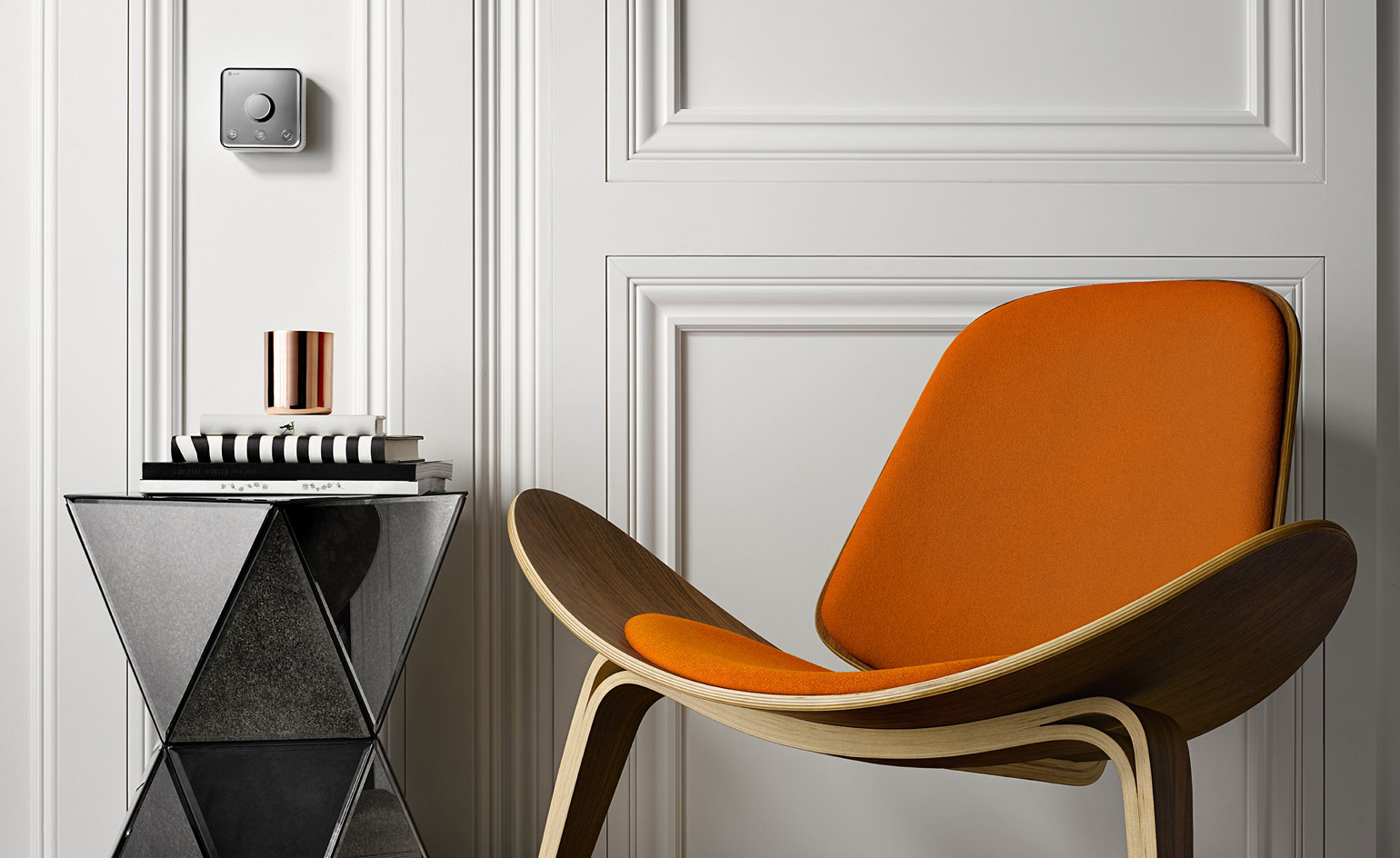
The last time we spoke to Yves Béhar, he had just moved his team to a new office space in San Francisco’s Potrero Hill and launched the Public Office Landscape for Herman Miller, so the focus was on efficient workspace design. But now, he is returning to his favoured area of experise: the domestic realm.
A project falling under the British Gas Innovation umbrella, Hive Active Heating launched in 2013 with a thermostat and app system to control domestic heating and hot water remotely (and cleverly), and has since been installed in over 200,000 homes throughout the country. Now in its second phase, Hive has revealed a new thermostat designed by Béhar, with minimal features and an intuitive design, which aims to combine efficiency with environmental sustainability and user comfort – all recurring concerns in the Swiss designer’s work.
At this week's unveiling of the Hive Active Heating 2 thermostat, we caught up with him to chat home environments, energy efficiency and how he's improving domestic user experiences.
Wallpaper*: What is your approach to designing technology for the home?
Yves Béhar: I have a huge passion for bringing technology into the home, but I also recognise that it is a very different exercise at the moment. You are speaking to an entire household, not just to the designated techy in the house. It forces you to think about technology in universal terms, rather than requiring an effort by a sophisticated consumer.
What is your method when working on domestic projects?
To me, the threshold is that everyone in the home has to be able to use it. The other one is that I want it to be discreet. I don’t need more screens in my life, I feel like it’s so important for technology to become invisible; this actually makes it harder to design because you have to be an editor about the functionality and make sure you deliver technology that people really want, rather than things that are too specialised.
Through some of your other designs and also with the Hive, you have developed different ways to communicate with your devices. How did you do that?
To really deliver a great user experience you need to run both efforts in parallel, which is actually harder to do, but I think the rewards are much higher from a user experience standpoint. For this project, designers would be working with me on shapes and ways to display and control the device, while information architects and interaction designers would be working with me on how we walk people through this information. Neither of those could be developed in isolation. It’s really a different kind of design practice when you have to run both efforts in parallel and make sure that what needs to win out at the end is the simplicity of use, the accessibility of the technology. That doesn’t mean that the design is less beautiful, interesting or unique. It is our duty to explore the different ways that these technologies can be delivered, without really looking too hard at what’s already been done.
Can you tell us about the research behind the thermostat?
Thermostats have been around for decades in the domestic space. We didn’t start from an existing technology, we didn’t even start from an existing information tree. We did a lot of visits in British homes, all kinds, to get a sense of what the key things are that they want to do; what we need to make as accessible as possible from a functionality standpoint. You can only find [this] out by spending time understanding the customer. When we develop a project, we turn into users as well. I install these products, discover the idiosyncrasies of their use and try to solve them.
How was it to work on something so specific to the British market?
I loved that, because the differences were important functionally; you need a connection to the water and the heater, or the notion of boosting temperature for a short amount of time. These are functionalities that exist only [in the UK], culturally. And so I loved the fact that the technology is able to acknowledge those differences. And from a design standpoint we also thought long and hard about how the product [would] fit into a huge variety of homes, from traditional Victorian to contemporary.
Themes like energy and efficiency are recurring concerns in your works. Is that a choice? Or do they come to you?
It is both. We can imbue the products with notions of sustainability or notions of simple technology. There are ways to improve a product’s carbon footprint if you make the right decisions throughout the project. This is important because people try to save money, but people in general also have a sense of not wasting energy, [protecting] the environment.
How do you think the Hive will stand the test of time?
It was actually expressively designed not to look trendy. For me what was critical is that the product feels new, smart, intelligent. But it’s also important that people feel familiar with it so it has longevity and will last in someone’s home. In addition, if you change the outer casing of it, you can have it adapted to different aesthetic needs. You don’t see people ripping their thermostats off the wall, so you want to design for that functionality to have lasting value.
And design is evolving with that concept…
I think people want new experiences or want objects or services that allow them to have more experiences. Experiences have become more important to people than purely material things. Smart products in a way deliver experiences; that ‘just in time’ service which you can control, and that now we have become used to. We don’t want to plan, we want to be able to be free of foresight.
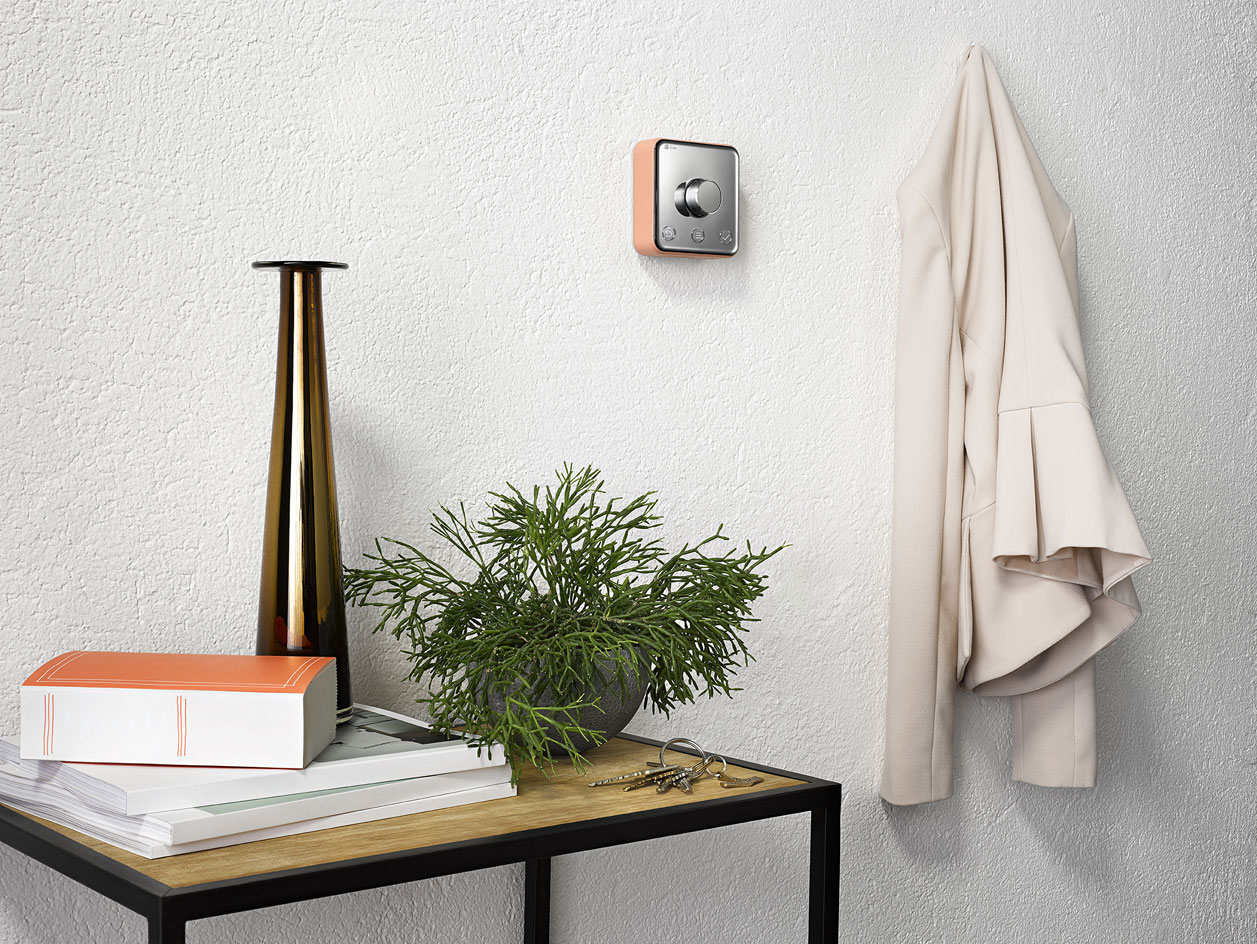
The system's minimal features and intuitive design aims to combine efficiency with environmental sustainability and user comfort...
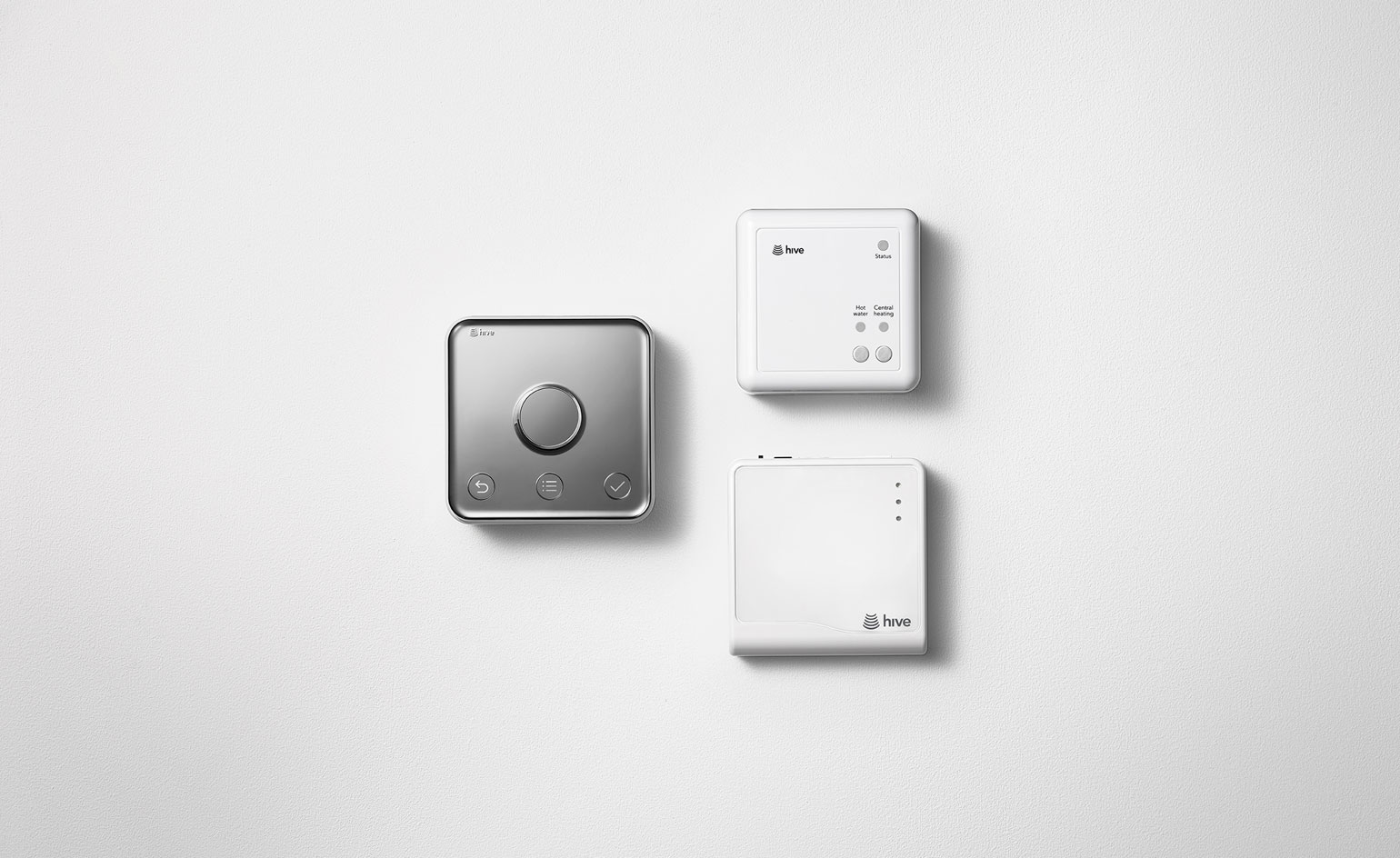
... all elements which are recurring concerns in the Swiss designer’s work
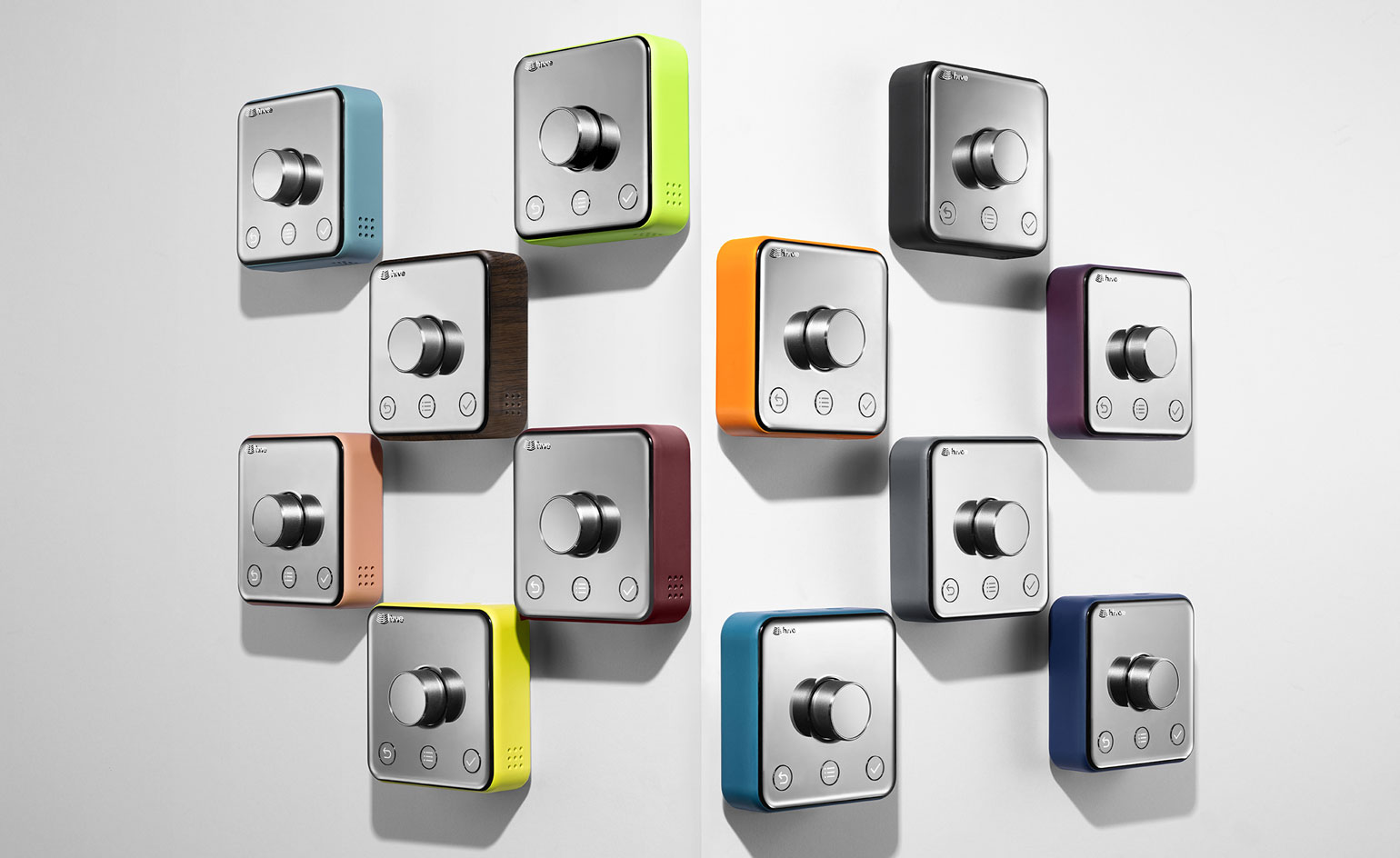
Twelve coloured frames were developed for the wall-mounted thermostat in collaboration with the paint company Dulux
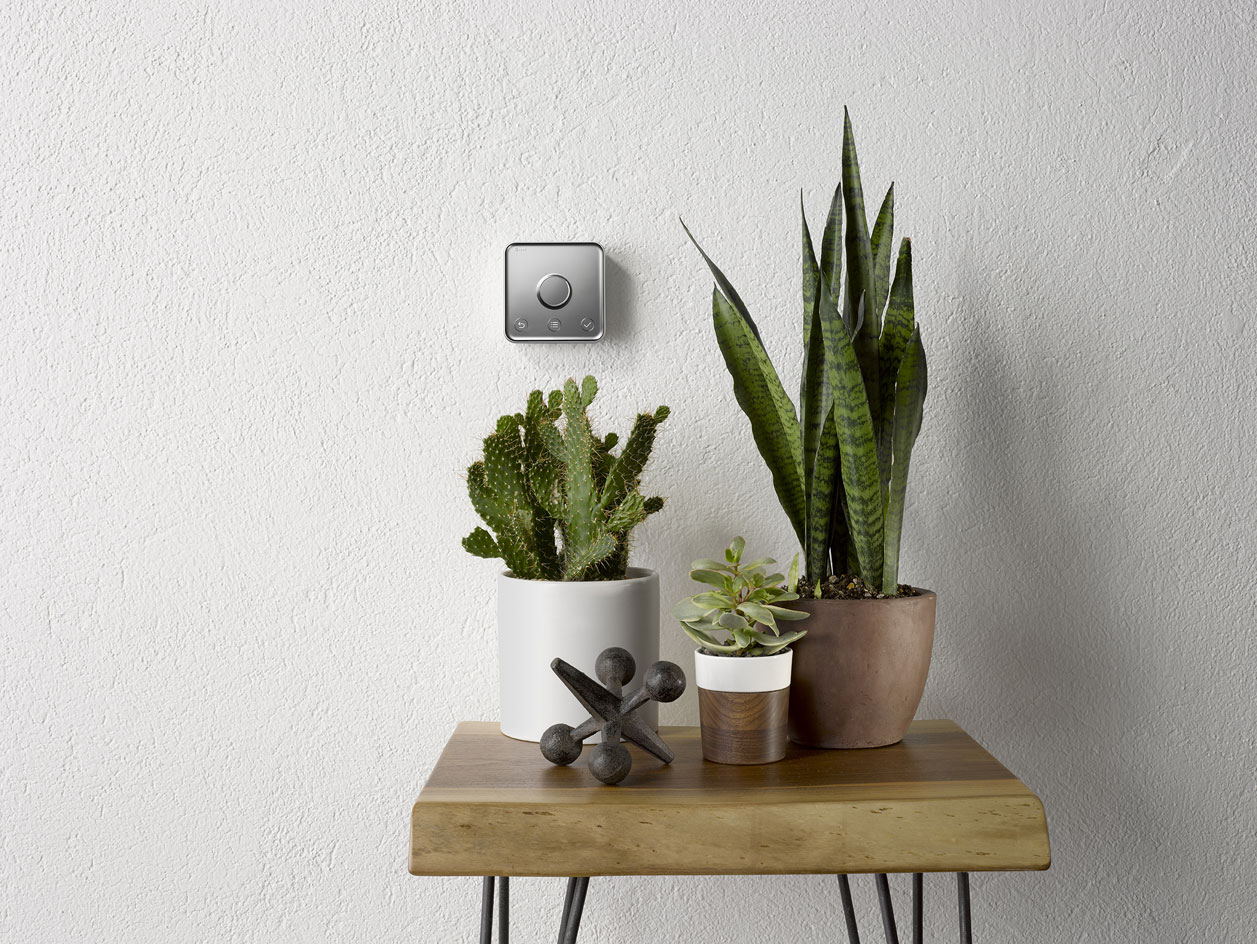
'It was actually expressively designed not to look trendy,' says Béhar. 'For me what was critical is that the product feels new, smart, intelligent. But it’s also important that people feel familiar with it so it has longevity and will last in someone’s home'
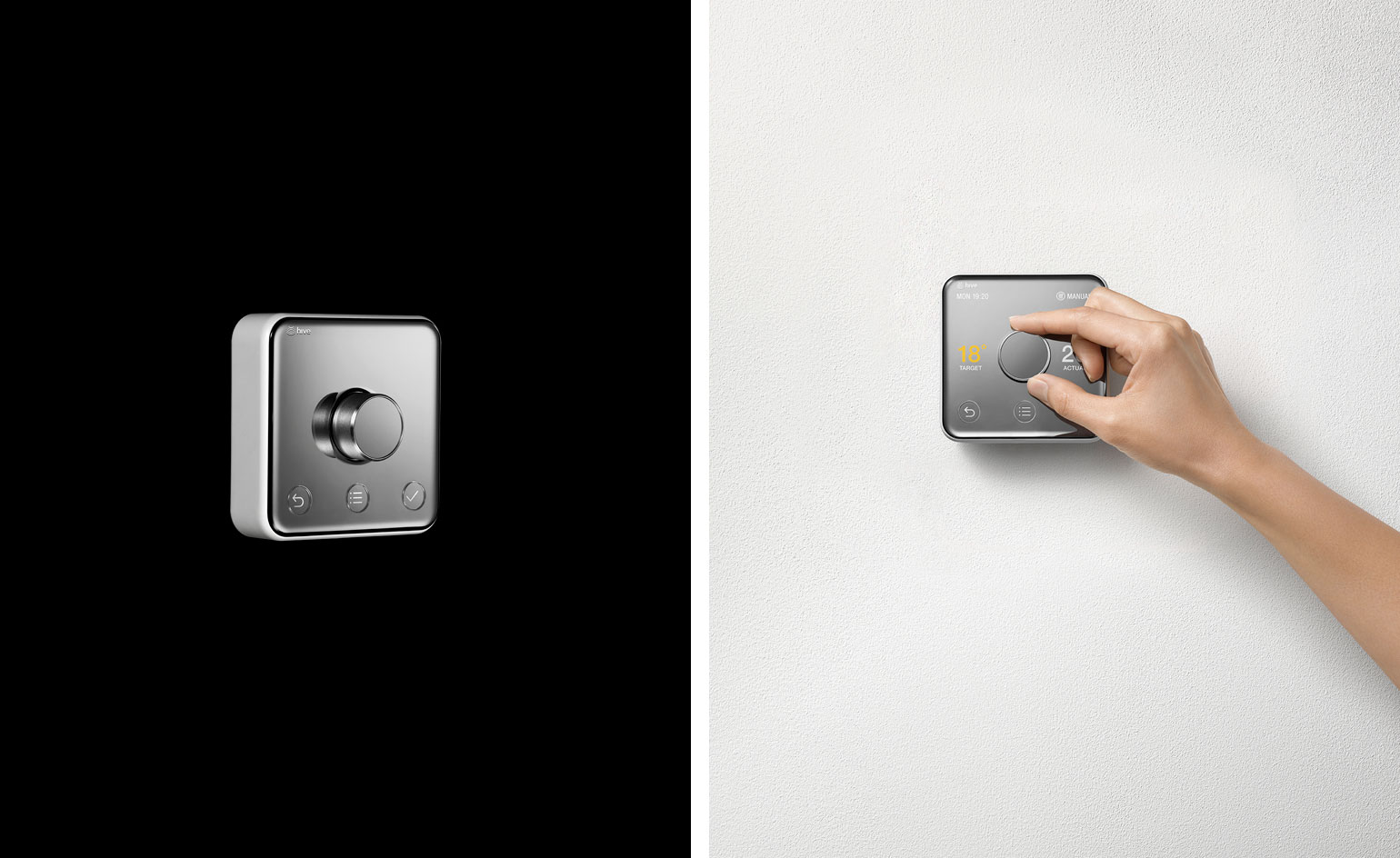
'It’s different from other electronics that have a much shorter shelf life. You don’t see people ripping their thermostats off the wall, so you want to design for that functionality to have lasting value'
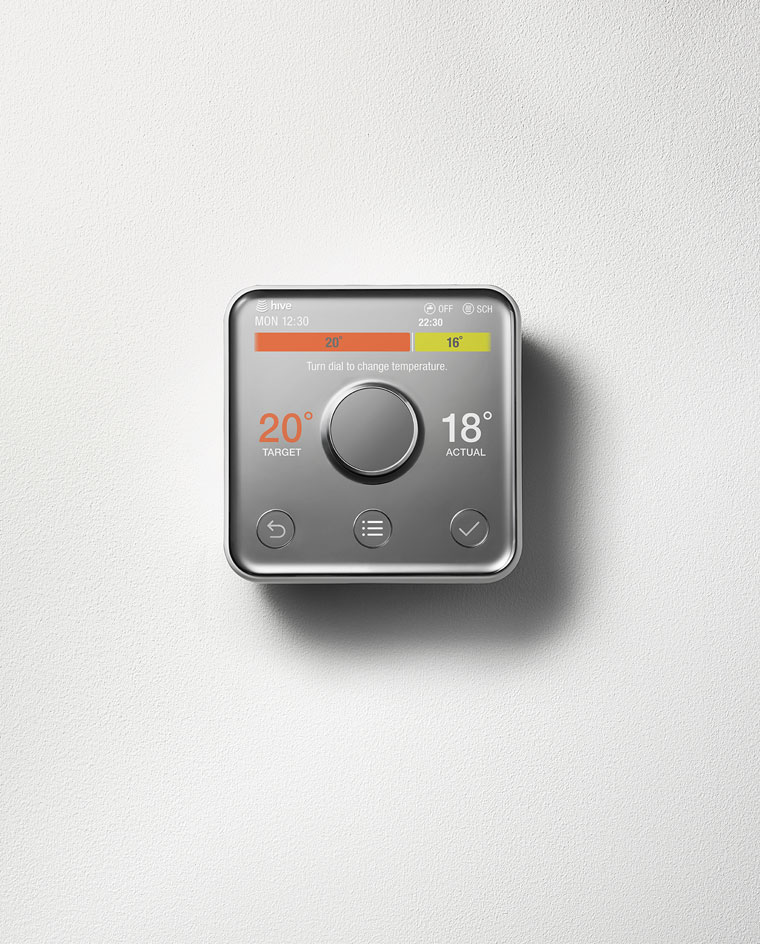
The original iteration of Hive Active Heating launched in 2013 and has since been installed in over 200,000 homes throughout the country
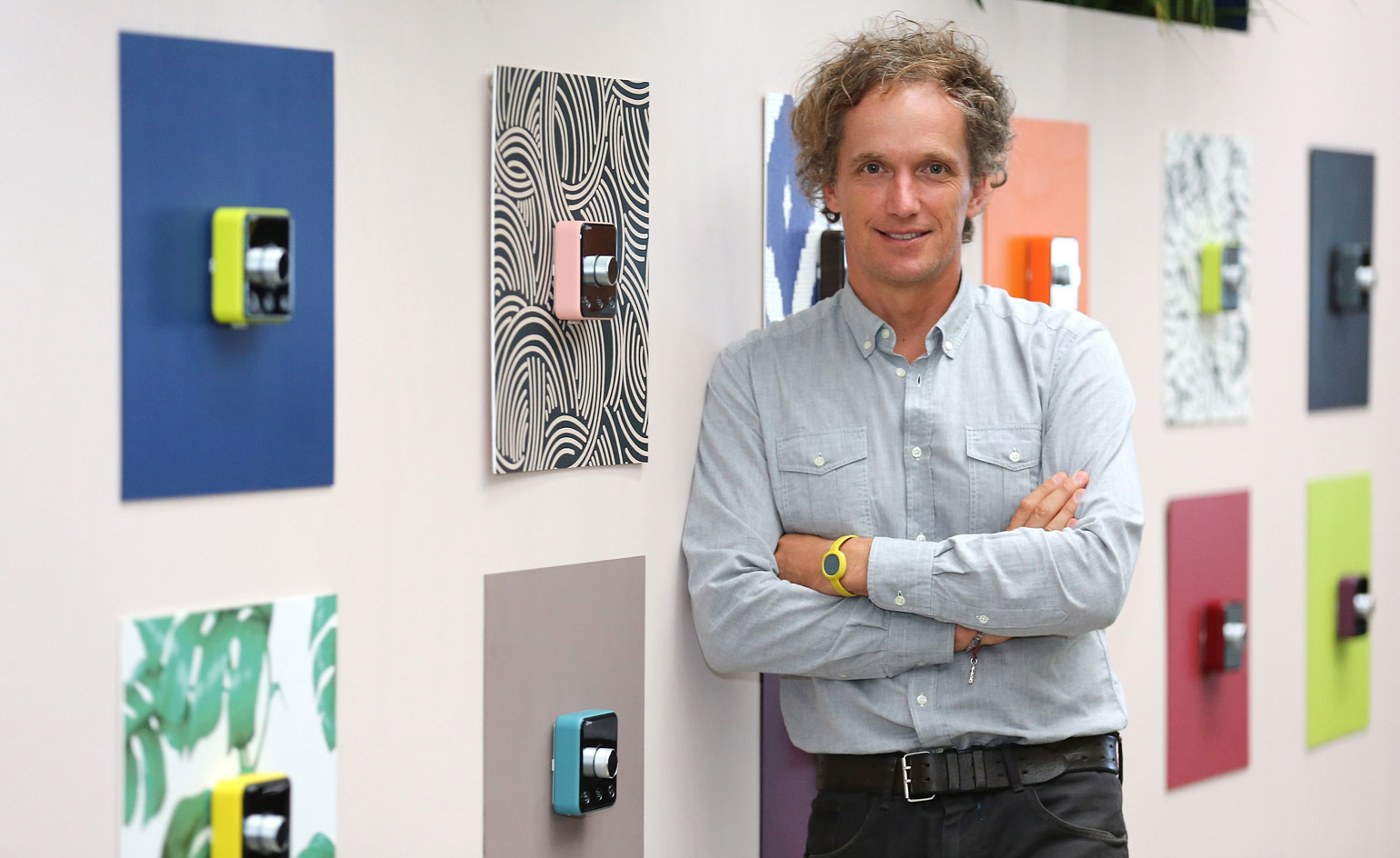
The last time we spoke to Béhar, the focus was on efficient workspace design. But now, his attention has shifted back into the domestic realm
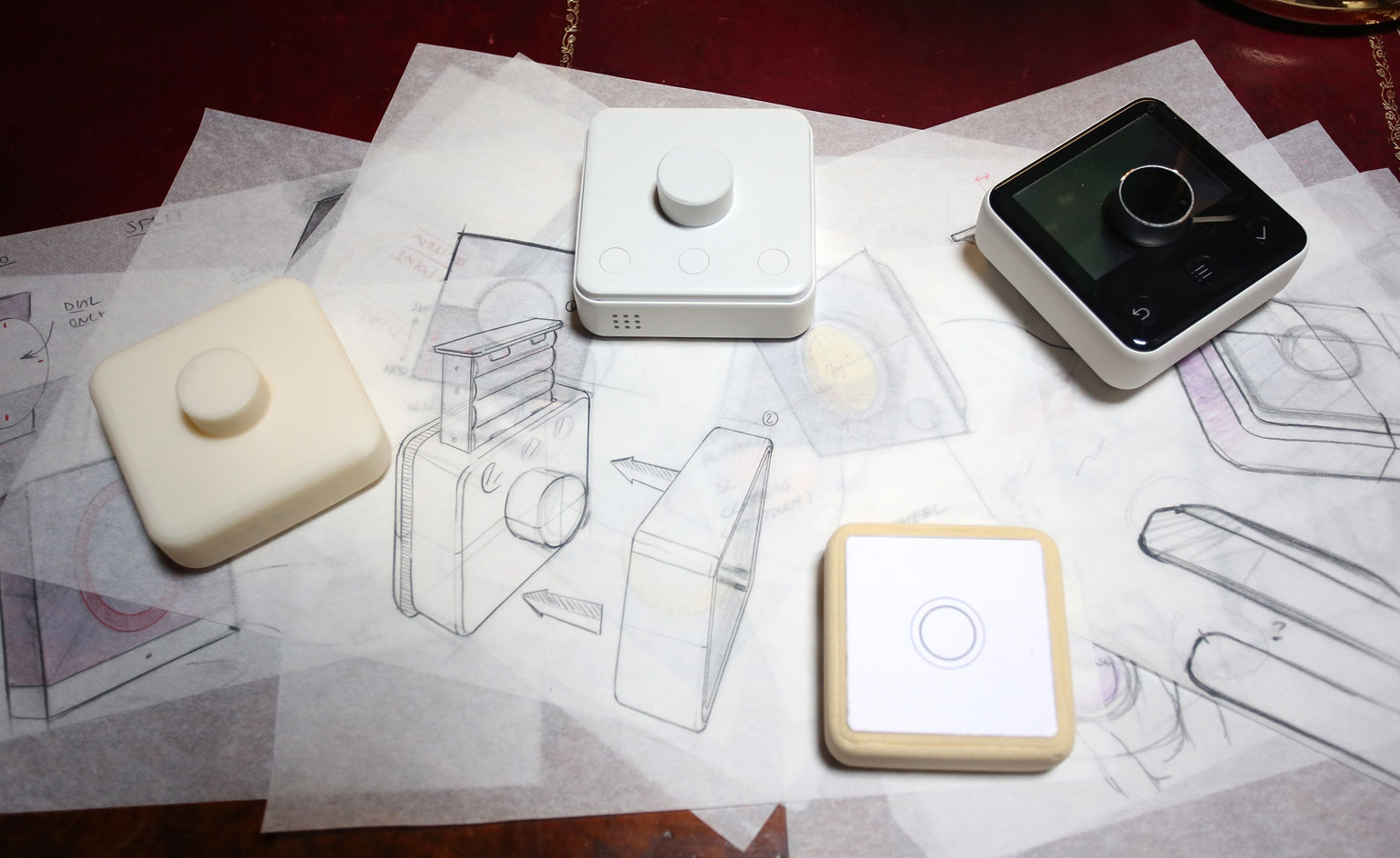
In designing for the home, he explains, 'You are speaking to an entire household, not just to the designated techy in the house. It forces you to think about technology in universal terms, rather than requiring an effort by a sophisticated consumer'
Receive our daily digest of inspiration, escapism and design stories from around the world direct to your inbox.
Rosa Bertoli was born in Udine, Italy, and now lives in London. Since 2014, she has been the Design Editor of Wallpaper*, where she oversees design content for the print and online editions, as well as special editorial projects. Through her role at Wallpaper*, she has written extensively about all areas of design. Rosa has been speaker and moderator for various design talks and conferences including London Craft Week, Maison & Objet, The Italian Cultural Institute (London), Clippings, Zaha Hadid Design, Kartell and Frieze Art Fair. Rosa has been on judging panels for the Chart Architecture Award, the Dutch Design Awards and the DesignGuild Marks. She has written for numerous English and Italian language publications, and worked as a content and communication consultant for fashion and design brands.
-
 Korean designer Yoonjeong Lee tells ordinary stories in extraordinary ways
Korean designer Yoonjeong Lee tells ordinary stories in extraordinary waysWallpaper* Future Icons: Yoonjeong Lee's work is based on a fascination for utilitarian objects, from pencils to nails, recreated with innovative casting methods
-
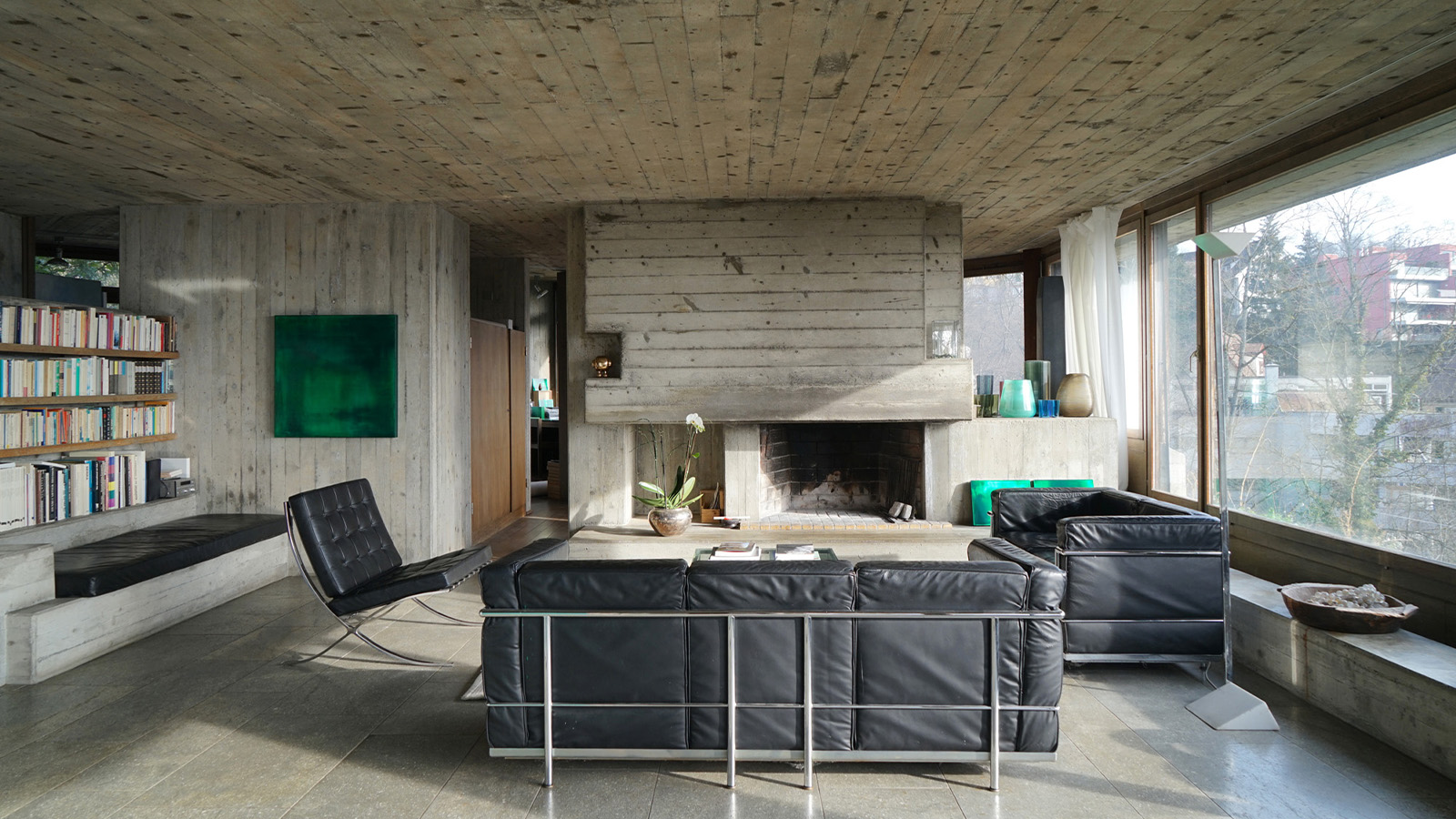 Inside architect Andrés Liesch's modernist home, influenced by Frank Lloyd Wright
Inside architect Andrés Liesch's modernist home, influenced by Frank Lloyd WrightAndrés Liesch's fascination with an American modernist master played a crucial role in the development of the little-known Swiss architect's geometrically sophisticated portfolio
-
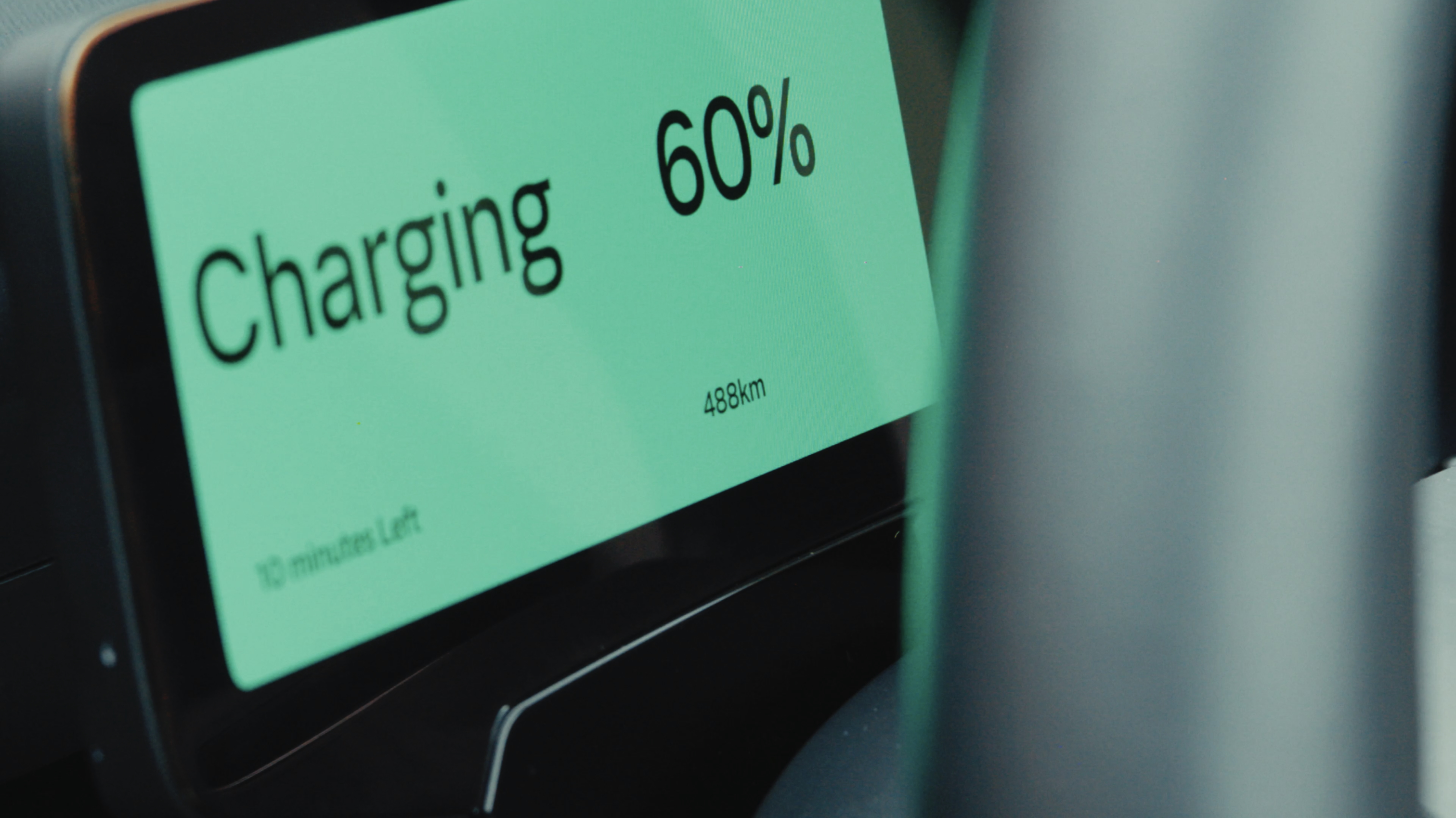 Volvo’s quest for safety has resulted in this new, ultra-legible in-car typeface, Volvo Centum
Volvo’s quest for safety has resulted in this new, ultra-legible in-car typeface, Volvo CentumDalton Maag designs a new sans serif typeface for the Swedish carmaker, Volvo Centum, building on the brand’s strong safety ethos
-
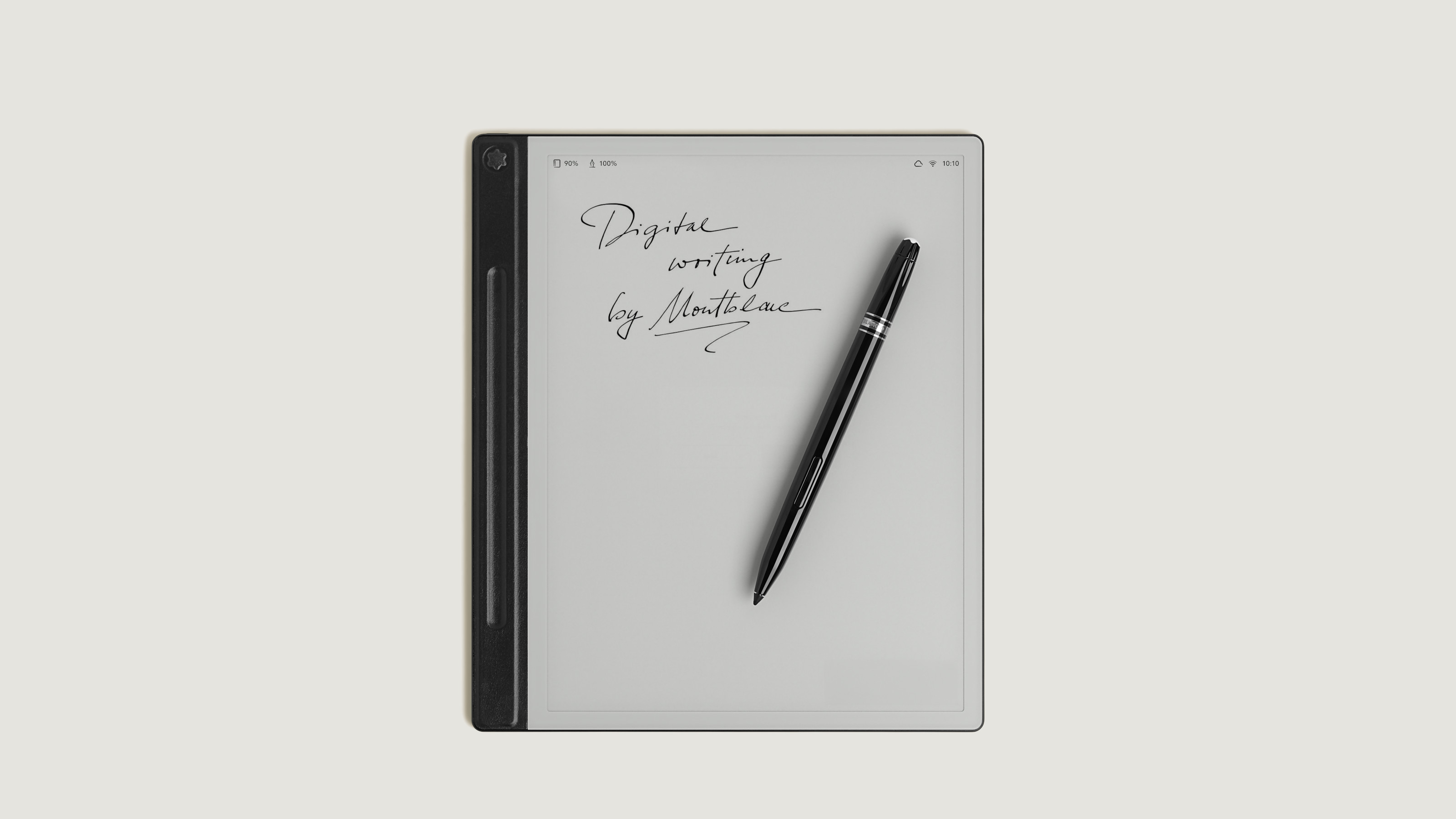 Montblanc’s new Digital Paper and Digital Pen are high-end entries into the e-ink club
Montblanc’s new Digital Paper and Digital Pen are high-end entries into the e-ink clubFamed for its traditional writing instruments, Montblanc brings its premium approach to the digital realm
-
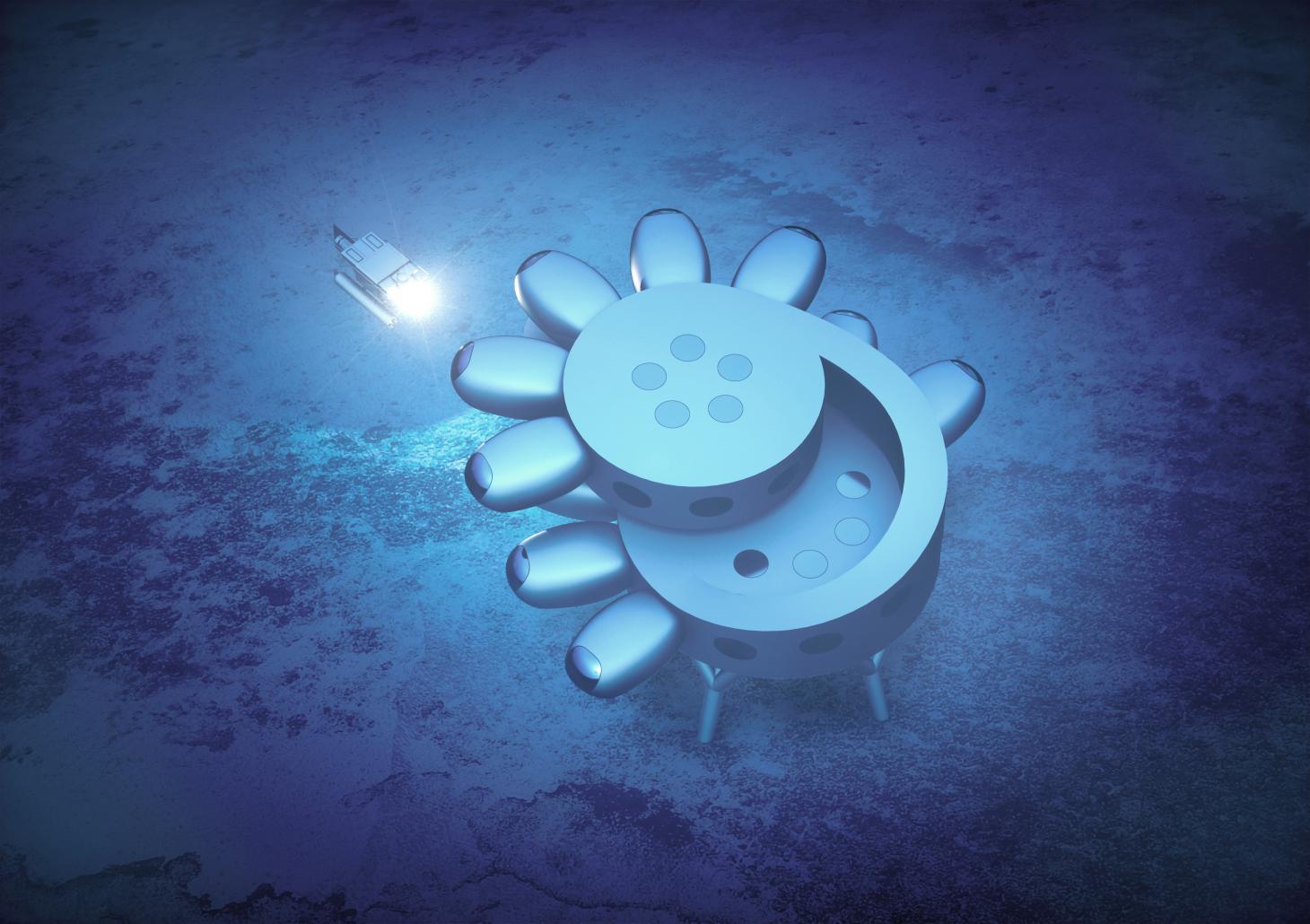 Yves Béhar-designed underwater research station is inspired by 1960s design
Yves Béhar-designed underwater research station is inspired by 1960s designYves Béhar and his firm Fuseproject have collaborated with ocean conservationist Fabien Cousteau to design an underwater scientific research habitat of the future
-
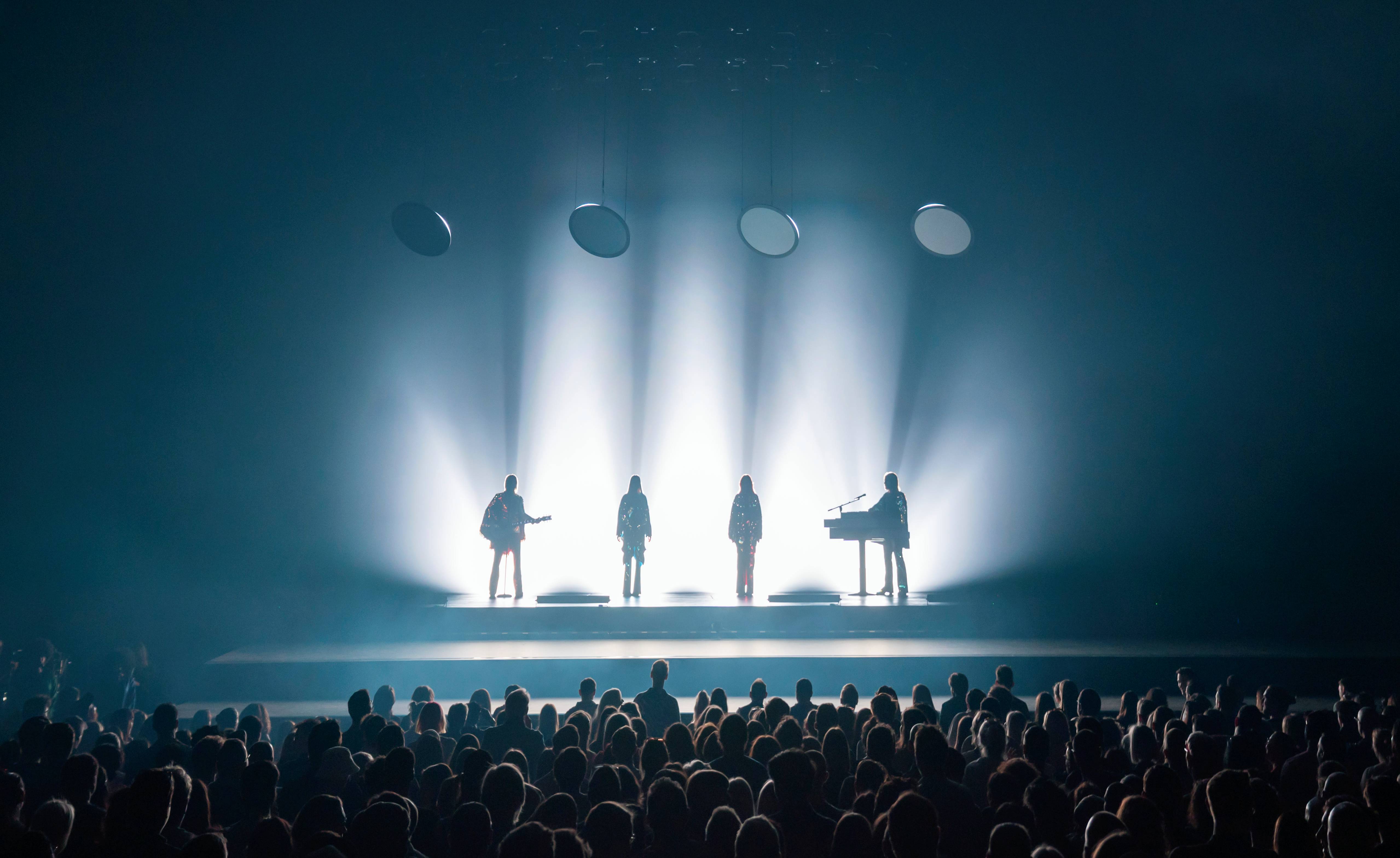 ABBA Voyage director Baillie Walsh on songs, sequins, and virtual spaces
ABBA Voyage director Baillie Walsh on songs, sequins, and virtual spacesBaillie Walsh, the director behind ABBA Voyage, one of the most advanced entertainment spectacles ever, tells Wallpaper* how the magic happens, ABBAtars and all
-
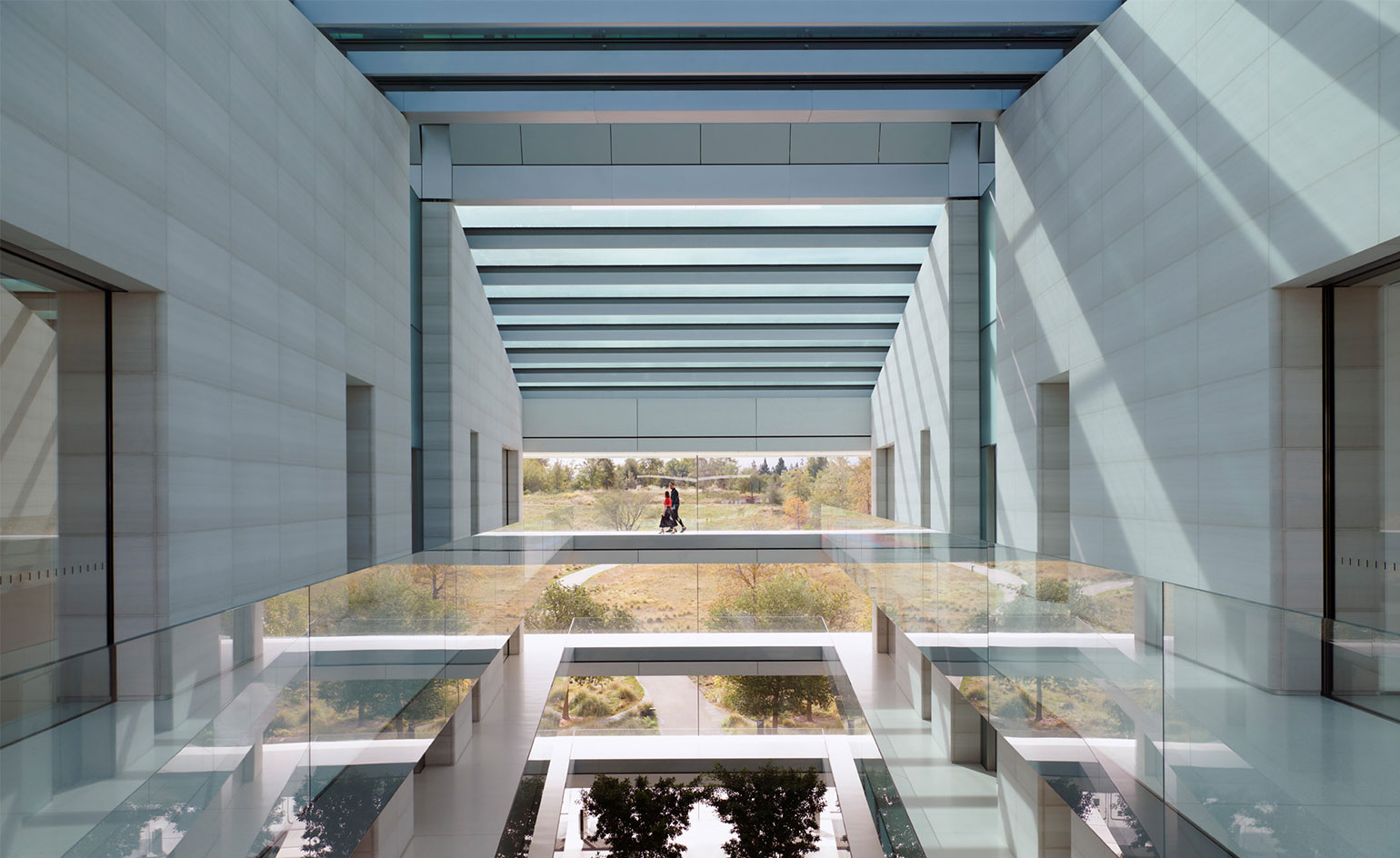 Inside Apple Park: first look at the design team shaping the future of tech
Inside Apple Park: first look at the design team shaping the future of techGlobal exclusive! Led by Evans Hankey and Alan Dye, the Apple Design Team holds enormous sway over our evolving relationship with technology. Opening the doors to their studio at Apple Park in Cupertino for the first time, they offered us a deep dive into the working processes behind their latest creations
-
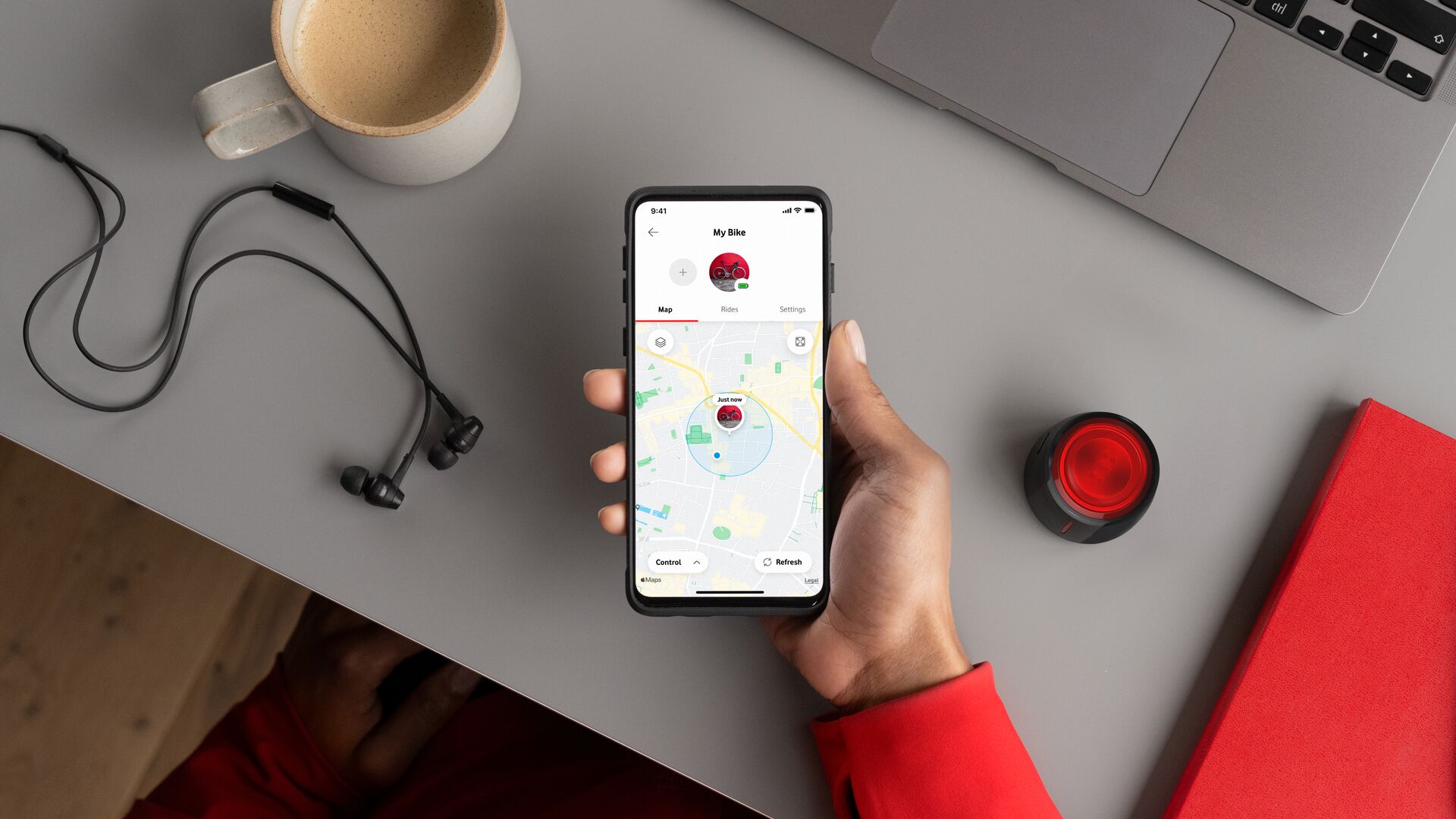 Vodafone Smart Tech's Tom Guy on the Internet of Things
Vodafone Smart Tech's Tom Guy on the Internet of ThingsAs more and more people want smart tech to offer simpler solutions to everyday problems, Vodafone Smart Tech is here to stay
-
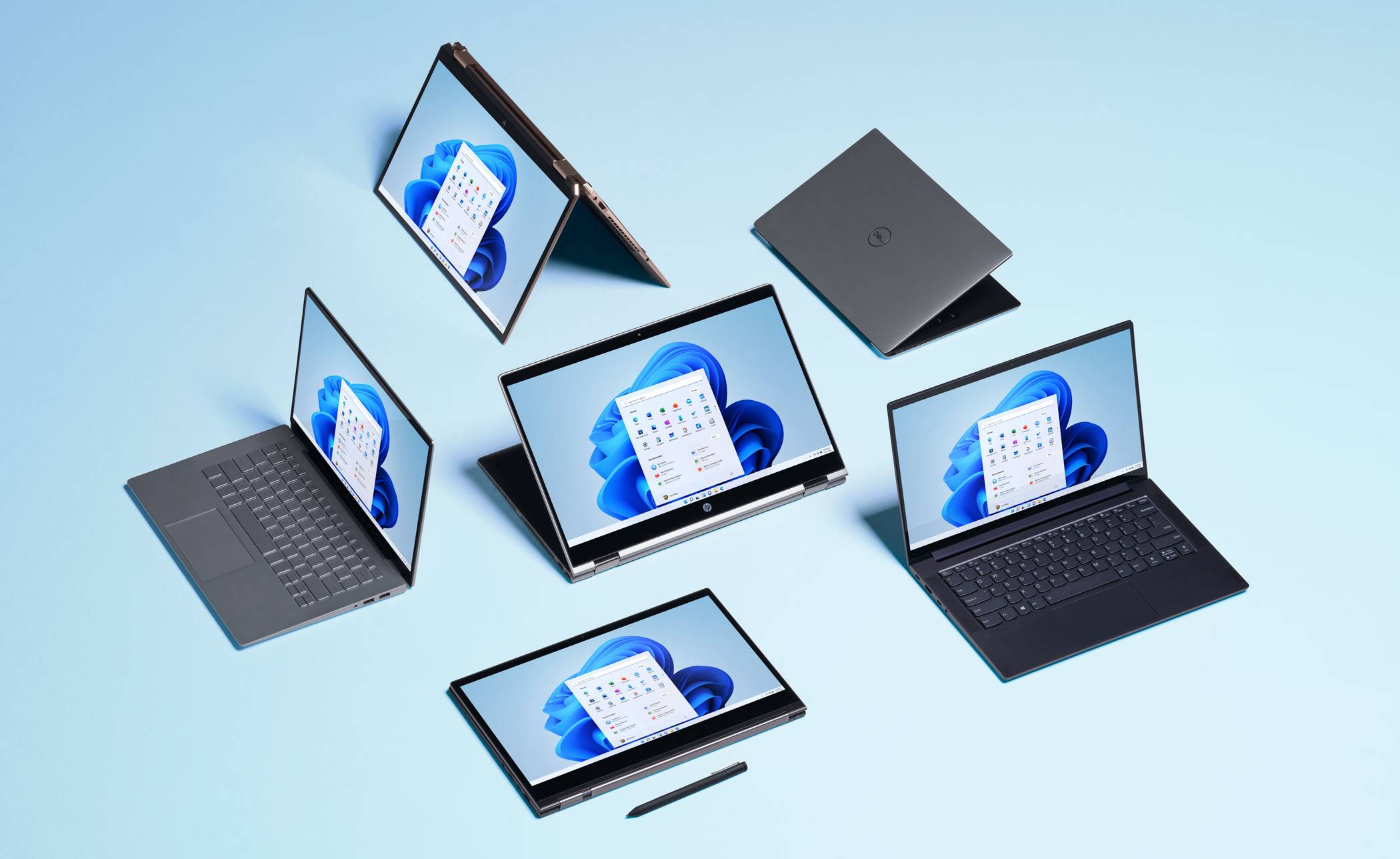 Microsoft’s new Windows 11 opens up a new era of OS design
Microsoft’s new Windows 11 opens up a new era of OS design‘Windows is the largest Swiss Army knife you can imagine,’ says Ralf Groene, head of design for Windows & Devices
-
 Syng is rethinking the art of speaker design
Syng is rethinking the art of speaker designChristopher Stringer and Damon Way created Syng in just three years. Here's how.
-
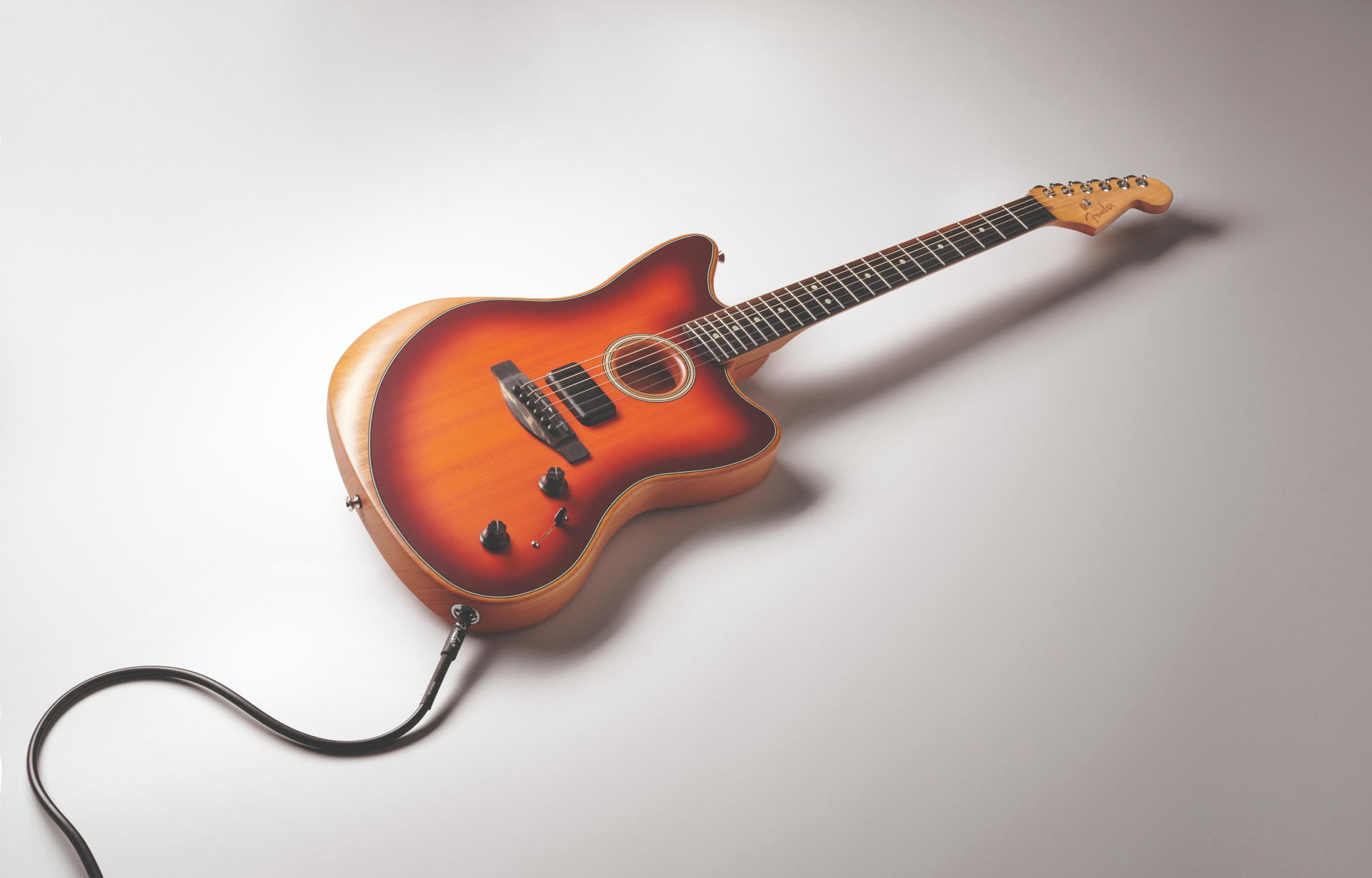 Fender looks forwards with a new hybrid guitar design
Fender looks forwards with a new hybrid guitar designJustin Norvell, Executive Vice President of Fender Products, discusses the company’s latest product and what it means for the future of guitar